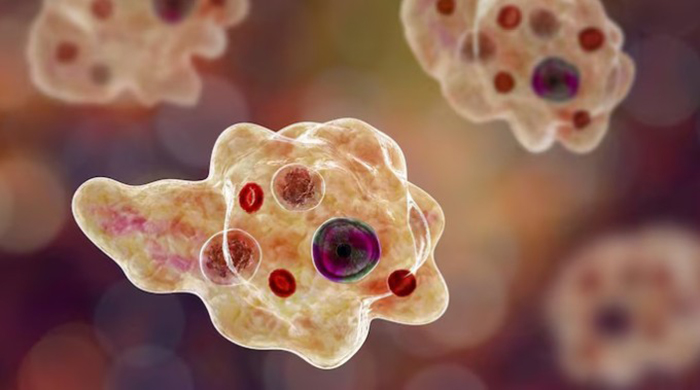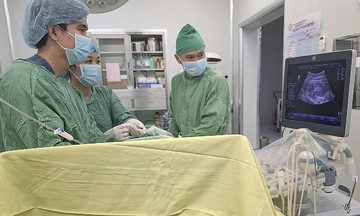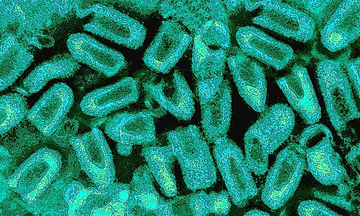The latest victim, 56-year-old Shobhana, died from amoebic meningitis at Kozhikode Medical College Hospital on 9/9, according to Kerala state health officials. Since mid-August, three others—a 3-month-old infant, a 9-year-old girl, and a 52-year-old woman—have also succumbed to the amoeba.
At least 11 patients, including children, are currently under observation at public hospitals in Kozhikode.
Naegleria fowleri, a single-celled organism, typically lurks in warm freshwater or untreated, contaminated water. Upon entering the human body, it causes infection and inflammation of the brain, destroying brain tissue.
The nose is the primary entry point for the amoeba. Infection can occur during activities like diving or swimming in rivers, streams, ponds, or lakes when water enters the nose. From there, it travels through the olfactory nerve to the frontal lobe of the brain. While not common, the infection has a high mortality rate, close to 97% globally. Initial symptoms include headache, fever, and nausea, which can rapidly progress to seizures, coma, and death.
India recorded its first case in 1971, but infections remained rare until the recent surge in Kerala. From 2016 to 2022, the coastal state reported only eight cases. However, 2023 has already seen 36 infections and 9 fatalities.
 |
Kerala health officials issued a warning in August after amoebic meningitis caused one death and two others were being treated in Kozhikode. Photo: India Today
In response to the outbreak, state authorities have issued treatment protocols and patient isolation procedures. Some areas have restricted access to ponds and lakes as a preventative measure. Veena George, a Kerala health official, stated that the government is managing the situation, adding that Kerala's fatality rate is "much lower than the average of over 95% in developed countries".
Dr. Anish, an officer at the Kerala One Health Center, attributes the rise in cases to climate change. "Due to rising air temperatures, microorganisms like Naegleria fowleri, which thrive in warm environments, have become more prevalent," he explained. He also highlighted that coliform bacteria pollution in water sources provides ample food for the amoeba, further promoting its growth.
Binh Minh (Independent, India Today)












